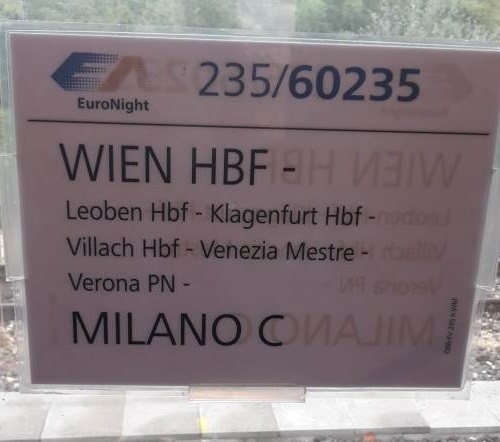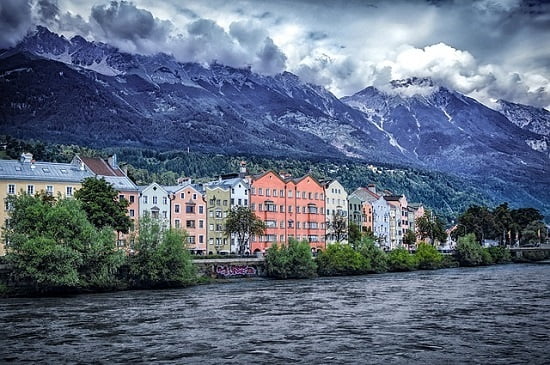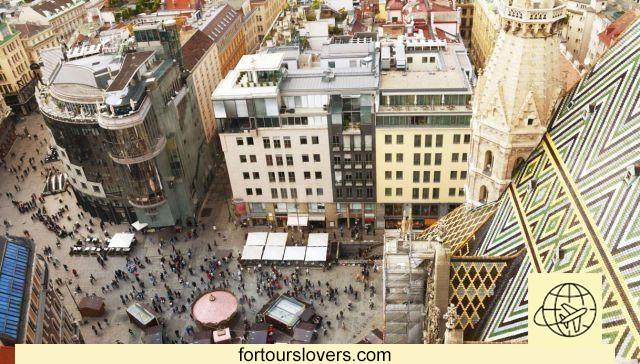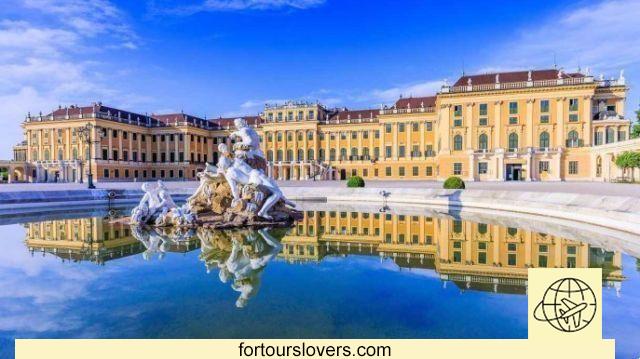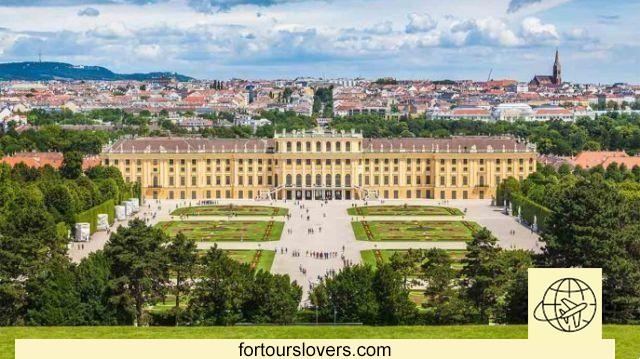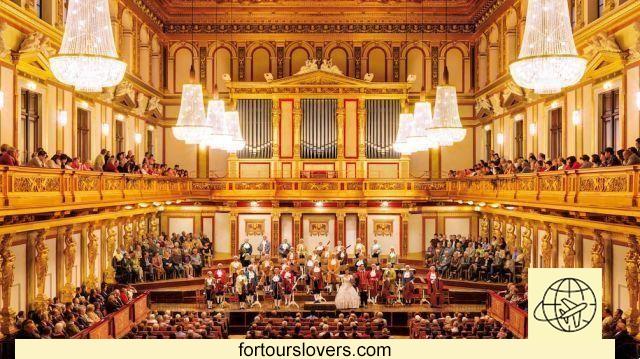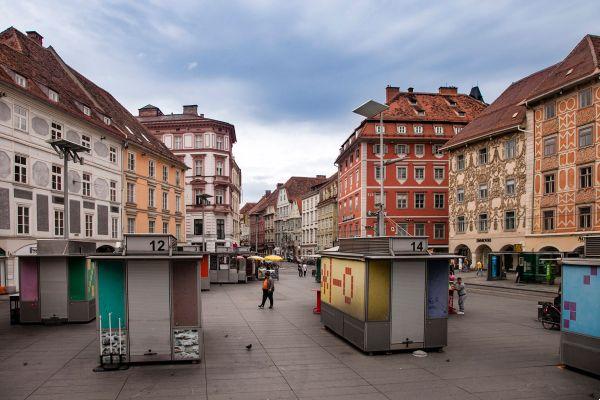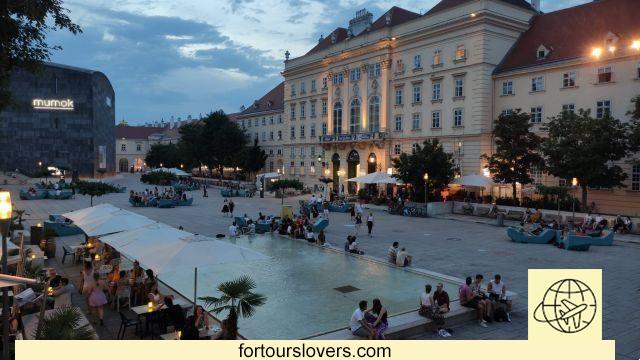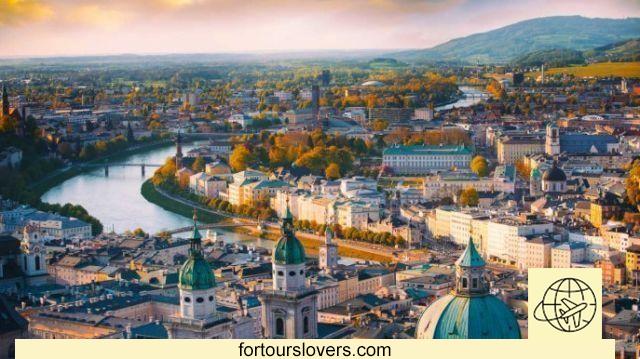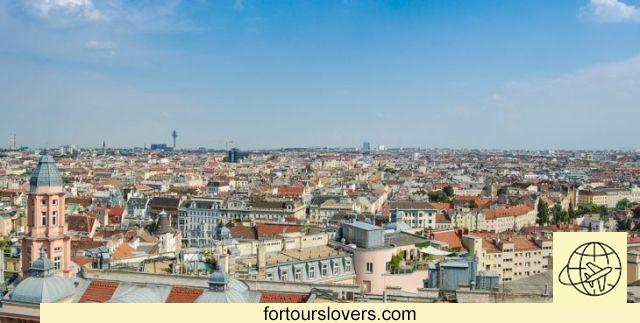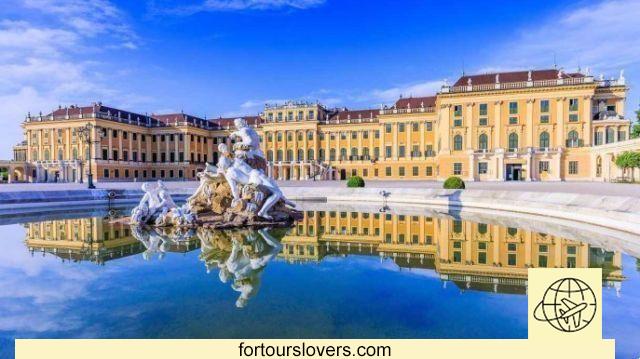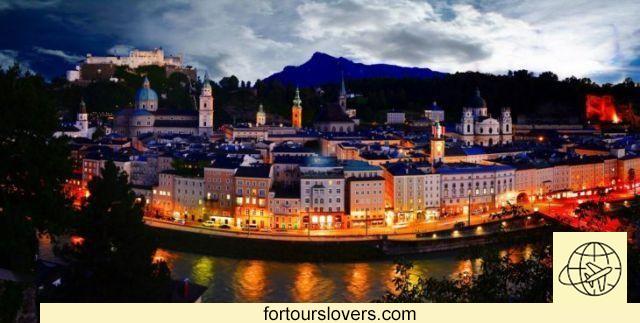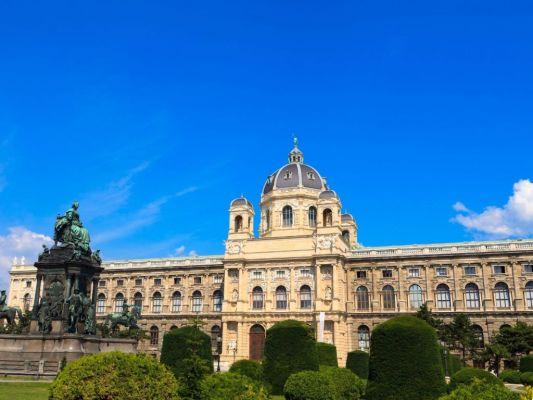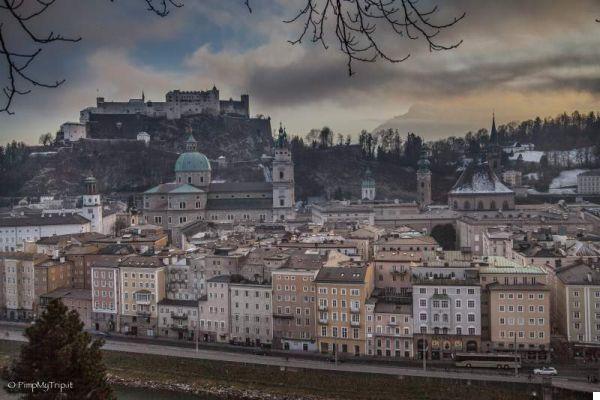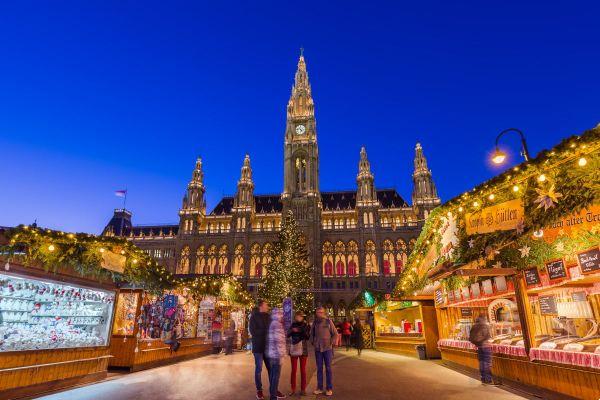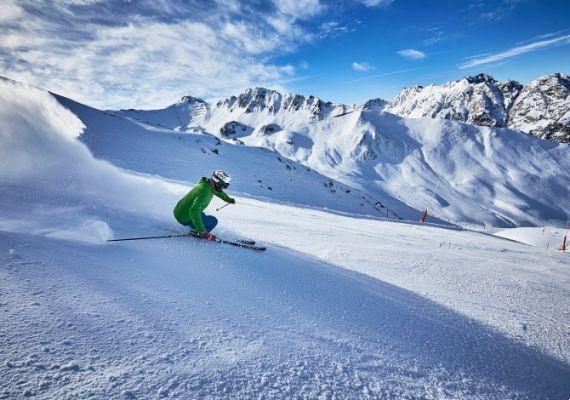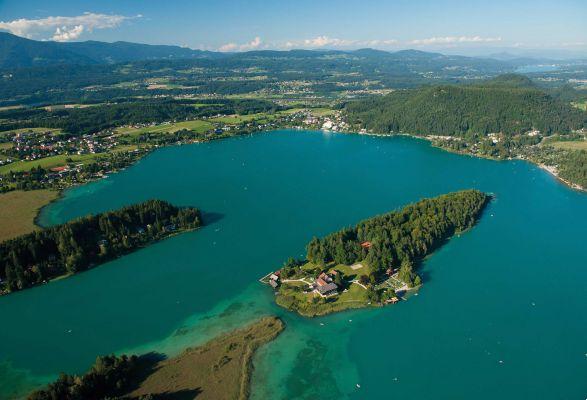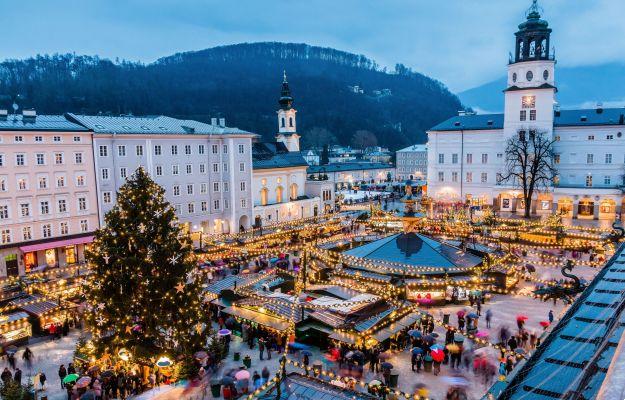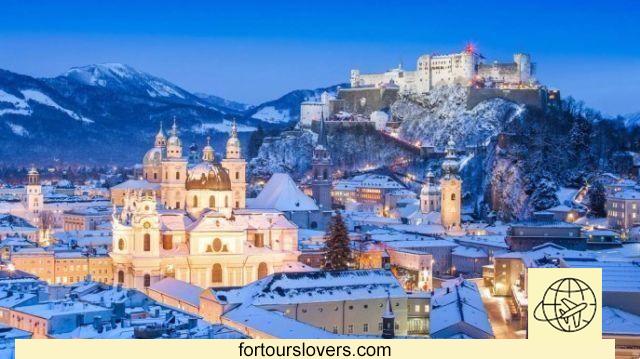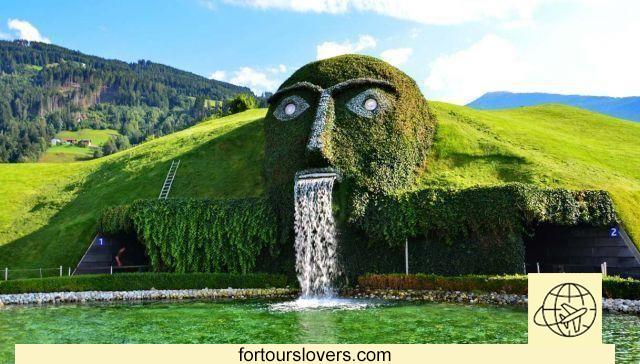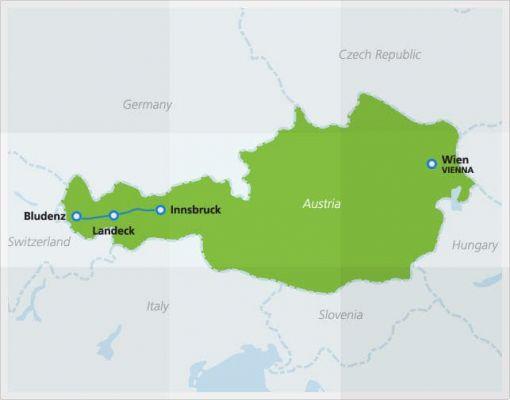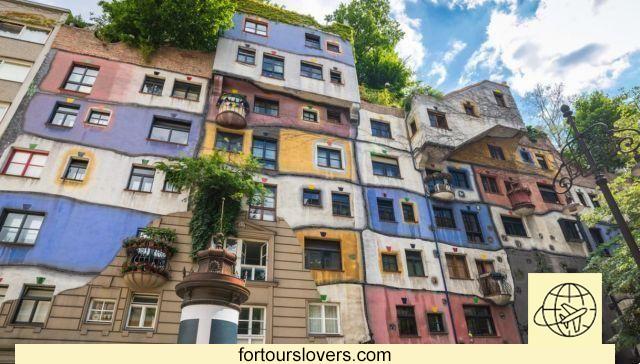
Itinerary to discover the modern face of Vienna, today more alive than ever, from the Prater to the Kunst Haus Wien, walking among the places loved by the Viennese
Vienna, the former capital of the Habsburg Empire, a cultural center and home to musicians and artists, is known for its romantic charm. What not everyone knows is that Vienna has managed to renew itself and find a place in the modern European artistic and architectural panorama. Vienna is one of the cities with the best quality of life and this makes it a place loved and valued not only by tourists, but by its own citizens.
Located in the city center of Vienna. Charlatan, With an area of almost six million square meters, it is one of the most beautiful urban parks in the world. It is a space loved by both citizens and tourists. Former imperial hunting reserve, today it is a green area where you can walk, ride a bike and play sports. Feature, inside the park Liliputbahn, a historic train that entertains young and old. The departure is at the “Prater Hauptbahnhof” station near the Ferris wheel; The route includes some stops where you can get off and on; In less than half an hour it is possible to tour the entire park.
However, the Vienna Prater is not only a place to relax, but also home to one of the symbols of this city: the ferris wheel. The Riesenrad was opened back in 1897, but don't worry, it has been recently renovated and refurbished. With its 65 meters high it offers a decidedly evocative point of view of the city. Near the wheel is the Planetary, but what attracts young people the most is the area of People's Prater, the amusement park that has around 350 attractions, from traditional roller coasters to modern flight simulators.
In addition to plenty of space for jogging, within the Prater there is also a BMX track, a golf course, a lake where you can go boating, and even a historic racecourse where you can still watch horse racing. Within the park there is also the Praterdome, the discotheque largest in all of Austria. Located at Riesenradplatz 7, the large nightclub is organized with four dance floors located on two floors; It is obviously reserved for adults.
Those looking for the most lively and curious aspects of Vienna cannot miss visiting the neighborhood Country road where the architect Federico Hundertwasser created fascinating works. With his multifaceted talent as a painter and sculptor, Hundertwasser renovated popular buildings, turning them into true works of art: not only bright colors but unconventional shapes that make the neighborhood a must-see stop on his tour of Vienna. The complex can only be visited from the outside since it is intended for residential use; In fact, the fifty apartments are still intended for the less fortunate.
“Der Zeit ihre Kunst, der Kunst ihre Freiheit” or To time its art, to art its freedom, this is the motto of the Viennese Secession written in clear letters on the façade of the Secession Palace. Located at Friedrichstraße 12 and built in the last years of the 34th century, this Viennese palace was built to house "secessionist" exhibitions, separate from academic art. The palace itself was a novelty on the architectural scene due to its simple style in contrast to the eclecticism of the time. Here it is possible to admire the Beethoven Frieze, Gustav Klimt's immense work that extends over three walls with a total length of approximately 1902 meters. Inspired by Beethoven's Ninth Symphony, it was created in XNUMX for an exhibition. Every year numerous exhibitions by contemporary artists are held inside the palace.
Klimt's works are also preserved in Belvedere Castle of Vienna, a residence built in the 18th century by order of Prince Eugene of Savoy. The castle houses the Austrian Art Gallery, which is divided into three parts: the Museum of Baroque Art, the Museum of Medieval Works and the Gallery of Art of the 19th and 20th centuries. In this last part there are works by Monet, Renoir, Makart, Romako, Waldmüller, Wotruba as well as masterpieces by Schiele, Kokoschka and Klimt.
The architecture of the city of Vienna has continually evolved from the post-war period to the present day. Some buildings that have now become tourist destinations caused not only a stir, but also noisy protests. Among them, in the historic center of Vienna is Hans Hollein's project, the Haas House Located right in front of the Santo Stefano Cathedral. Opened in 1991, the Kunst Haus Wien was designed by the aforementioned architect Frederick Hundertwasser and houses the permanent exhibition of the eclectic artist's works, as well as several other temporary exhibitions. Visible during a boat ride on the river, the incinerator Spittelau It is yet another example of how Hundertwasser was able to imagine and create a unique and functional work of art from previously anonymous architecture.
Some buildings designed from the 100s onwards have become famous around the world. Not only residential buildings, but also renovated old factories and the well-known gasometer. Numerous skyscrapers have also been built in Vienna in recent years, including several towers over 2013 meters high. In XNUMX on Torre DC 1 which at 220 meters is the tallest building in all of Austria. There are many other projects worth mentioning, the Twin City Liner and the university economics campus, to name a few; In short, people never stop talking about Vienna.




